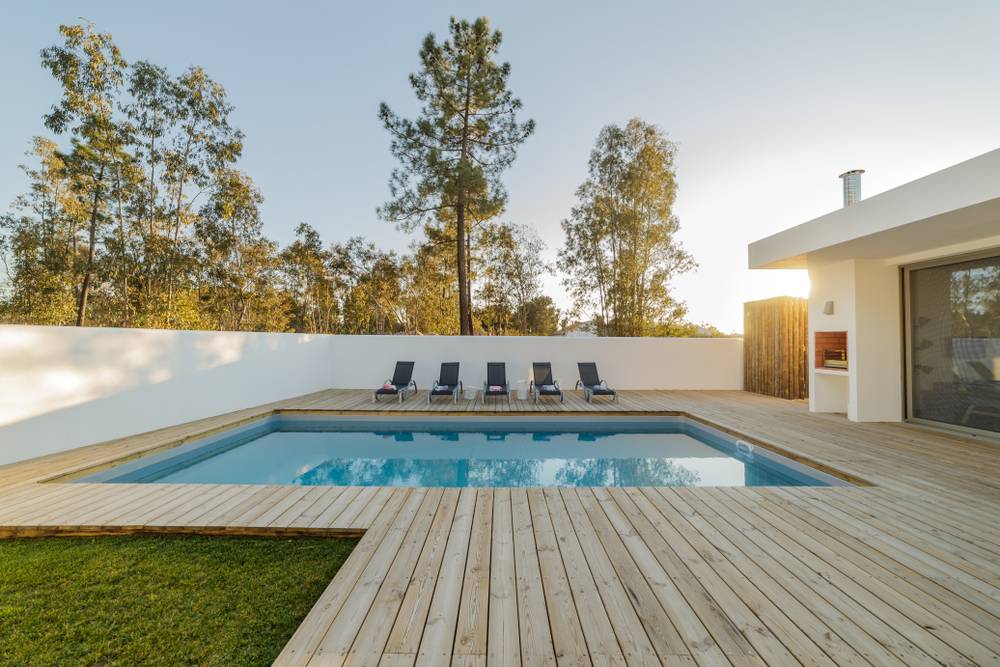Hello everyone! As a new pool owner, I'm diving headfirst into learning all about pools, and I must say, TFP rocks!
Here's a little background on my pool: It's brand new, only three weeks old, and has a capacity of 18,000 gallons with diamond brite plaster. I plan to convert it to a saltwater pool in a few more weeks.
I'm currently facing some challenges with maintaining chlorine levels. I've been using three pucks in a floater for the past two weeks, but I haven't been able to get a reading. I'm also gradually increasing the Cyanuric Acid (CYA) level, and I recently purchased granulated conditioner from Leslie's to help with that. According to the Orenda App, I needed 7 lbs of granulated conditioner to raise the CYA level to 30-40ppm. I added it yesterday, but my CYA reading is still quite low, around 10 using the Taylor test kit. The water is overflowing in the test tube, and the dot just barely goes away. I've read that it can take up to a week for the granulated conditioner to fully take effect, although I wasn't particularly thrilled with the advice I received from Leslie's to use granulated conditioner (not impressed with Leslie's overall but that's another story).
Now, here's my question for the group: I've been adding granulated chlorine to the pool without any CYA, and it disappears within a few hours. After 2 hours, I get a reading of 2.5 FC, but by the 12-hour mark, it's completely gone. It's Memorial Day weekend, and my kids are eager to jump in the pool—I can't blame them, especially since we had it installed in the fall and haven't had much chance to enjoy it yet. My concern is whether it's safe for them to swim with the FC levels between 0-2.5. The water is mostly clear, and there's no sign of algae or any other issues so far.
Thank you all for your help!
pH: 7.6 (keeping that in check due to the new plaster)
TA: 75 (had to bring that up over the past week)
Calcium: 370
Here's a little background on my pool: It's brand new, only three weeks old, and has a capacity of 18,000 gallons with diamond brite plaster. I plan to convert it to a saltwater pool in a few more weeks.
I'm currently facing some challenges with maintaining chlorine levels. I've been using three pucks in a floater for the past two weeks, but I haven't been able to get a reading. I'm also gradually increasing the Cyanuric Acid (CYA) level, and I recently purchased granulated conditioner from Leslie's to help with that. According to the Orenda App, I needed 7 lbs of granulated conditioner to raise the CYA level to 30-40ppm. I added it yesterday, but my CYA reading is still quite low, around 10 using the Taylor test kit. The water is overflowing in the test tube, and the dot just barely goes away. I've read that it can take up to a week for the granulated conditioner to fully take effect, although I wasn't particularly thrilled with the advice I received from Leslie's to use granulated conditioner (not impressed with Leslie's overall but that's another story).
Now, here's my question for the group: I've been adding granulated chlorine to the pool without any CYA, and it disappears within a few hours. After 2 hours, I get a reading of 2.5 FC, but by the 12-hour mark, it's completely gone. It's Memorial Day weekend, and my kids are eager to jump in the pool—I can't blame them, especially since we had it installed in the fall and haven't had much chance to enjoy it yet. My concern is whether it's safe for them to swim with the FC levels between 0-2.5. The water is mostly clear, and there's no sign of algae or any other issues so far.
Thank you all for your help!
pH: 7.6 (keeping that in check due to the new plaster)
TA: 75 (had to bring that up over the past week)
Calcium: 370


